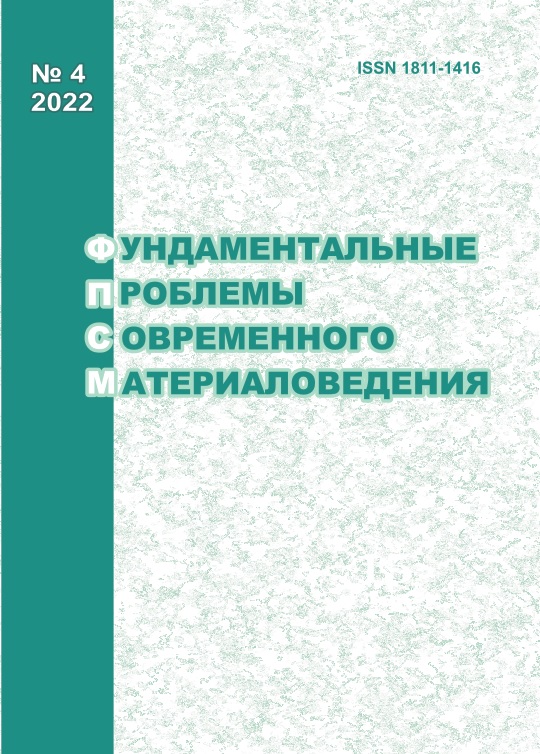EVALUATION OF THE MECHANISMS OF COMPRESSION HARDENING OF RAIL STEEL
10.25712/ASTU.1811-1416.2022.04.006
Keywords:
compressive deformation, rail steel, structure, dislocation substructure, hardening mechanisms, additive yield strengthAbstract
Methods of modern physical materials science have been used to study the evolution of structural-phase states and dislocation substructure of rail steel under uniaxial compression deformation up to the degree of 50%. Fragmentation of pearlite grains, which increases with increasing degree of deformation, and cementite plates, the size of fragments of which is 15-20 nm, weakly depends on the degree of deformation, was revealed. The change in the scalar and excess dislocation density with increasing degree of deformation is analyzed. Sources of internal stress fields are identified and classified. The data obtained formed the basis for a quantitative analysis of the mechanisms of hardening of rail steel at degrees of compression deformation of 15, 30, 50 %. The contributions to hardening caused by the friction of the matrix lattice, dislocation substructure, fragment boundaries, the presence of carbide particles, internal stress fields, solid-solution strengthening, and the pearlite component of the steel structure are estimated. It is shown that the main mechanism of metal hardening at a degree of deformation of 50 % is hardening by incoherent particles and elastic internal stress fields. Using the additivity principle, which assumes the independent action of each of the hardening mechanisms, an assessment was made of the dependence of the total yield strength of rail steel on the degree of compressive deformation.











 Journal «Fundamental’nye problemy sovremennogo materialovedenia / Basic Problems of Material Science»
Journal «Fundamental’nye problemy sovremennogo materialovedenia / Basic Problems of Material Science» This work is licensed under a
This work is licensed under a 
